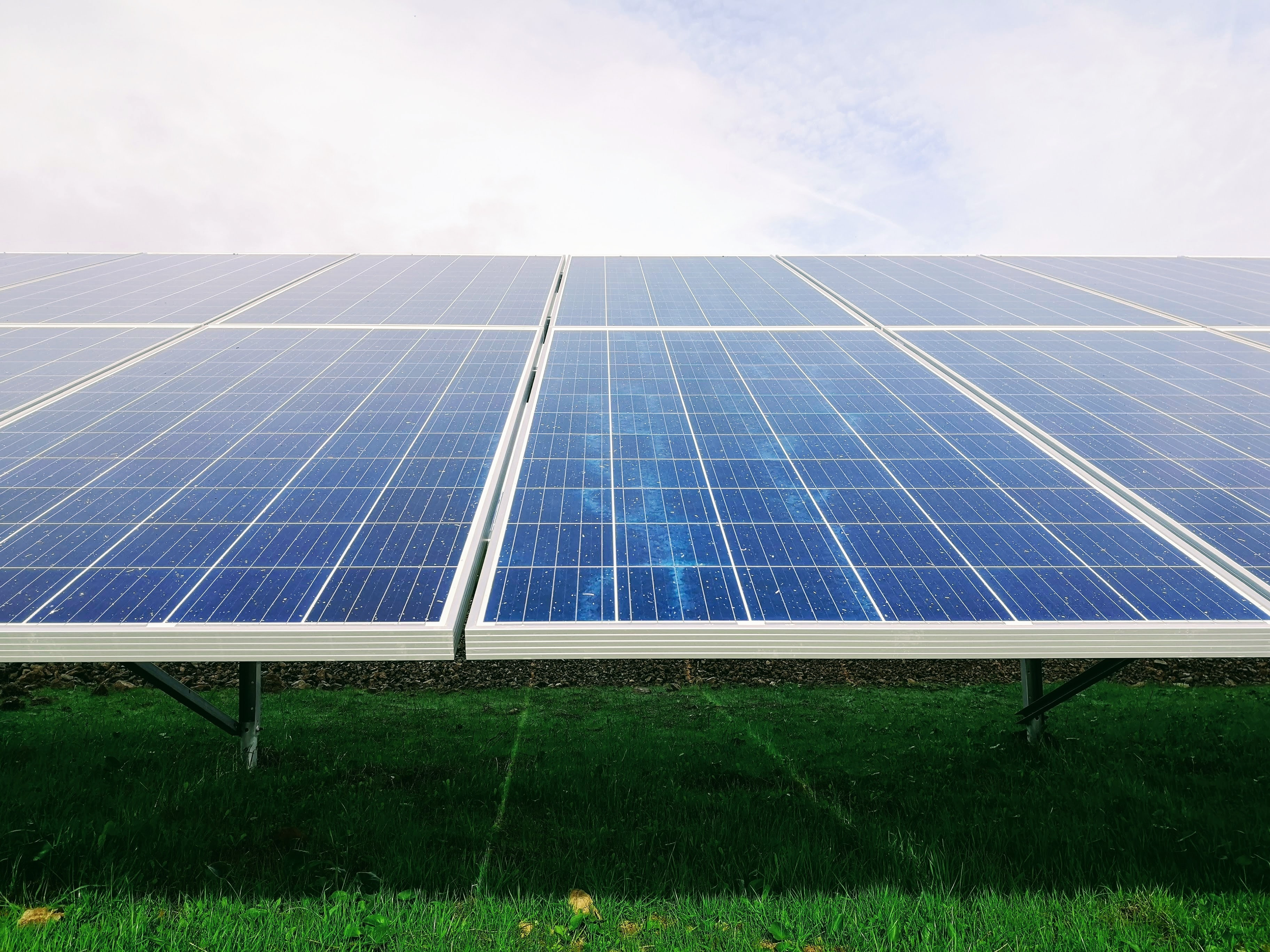
A new environmental report ranks Houston No. 16 in the nation for total installed solar photovoltaic (PV) capacity, moving up three spots from its previous ranking.
According to the Environment Texas Research and Policy Center’s report Shining Cities 2022: The Top U.S. Cities for Solar Energy, Houston nearly doubled its solar capacity to 81.4 megawatts between the end of 2019 to the end of 2021.
“The Bayou City once again stands out as a solar leader,” Executive Director of Environment Texas Research and Policy Center Luke Metzger said in a press release. “Houston’s leadership on solar to date has helped secure a cleaner environment, healthier community, and more resilient future.”
This month marks two years since the City of Houston released its Climate Action Plan (CAP), a strategy to reduce greenhouse gas emissions, become carbon neutral by 2050, and lead the global energy transition. One of the plan’s targets is to produce five million megawatts of solar power per year by 2050. In 2021, the City of Houston launched a solar co-op to help homeowners and business owners go solar.
“By setting big goals to grow solar here at home and helping more Texans see the benefits of solar for themselves, we are both setting an example for our peers to follow and ensuring a better future for our community,” Mayor Sylvester Turner said.
This year the City of Houston announced the Sunnyside Solar Farm, which will transform a 240-acre former landfill into a solar power farm. Once completed, it will be the largest urban solar farm in the nation built on a landfill, according to the City. The project is expected to remove an estimated 120 million pounds of carbon from the air each year and create jobs. Turner also recently signed a decarbonization policy for city-owned and operated buildings. The City estimates the policy will avoid over 250,000 metric tons of greenhouse gas emissions by 2030.
Here are a few other highlights from the report:
The U.S. now has 121.4 gigawatts of solar PV capacity, producing enough solar energy to power more than 23 million homes
Los Angeles leads the nation in total installed solar PV capacity
San Antonio led the South Central region and the state, ranking No. 5 in the nation
Texas produces more wind power than any other U.S. state and more solar power than any state other than California.
Last year the Partnership launched a regional energy transition strategy to help Houston lead the global energy transition. The Houston Energy Transition Initiative (HETI) aims to drive sustainable and equitable economic growth in the Greater Houston region through a portfolio of technology, policy, and market initiatives that scale and export solutions for realizing a low-carbon energy world. The strategy also aims to take steps to support solar and wind development by actively attracting and retaining project developers, asset owners and financial traders to Houston.